The King of Execises

The parallel squat is regarded highly in the fitness community for several reasons:
-
Muscle Engagement: The parallel squat is a compound movement that engages multiple muscle groups simultaneously. It targets the quadriceps, hamstrings, glutes, lower back, and core muscles, making a stellar exercise for overall lower body development.
-
Functional Strength: Squatting mimics a natural human movement pattern, making it an exercise that translates well into nearly every sport. Developing strength through parallel squats will improve performance.
-
Increased Hormonal Response: Squats, particularly when performed with heavy weights, can stimulate the release of growth hormone and testosterone. These hormones play crucial roles in muscle growth and overall strength development.
-
Joint Health: When performed with proper form, squats promote joint health by strengthening the muscles, ligaments, and tendons around the knees and hips contributing to improved joint stability and reduced risk of injuries.
-
Versatility: The parallel squat can be adapted for various fitness levels and goals. It can be performed with bodyweight, barbells, dumbbells, or kettlebells, allowing individuals to progressively increase resistance as their strength improves.
-
Postural Benefits: Squats require maintaining an upright posture, which can contribute to improved spinal alignment and postural awareness.
-
Increased Range of Motion: Performing squats through a full range of motion (including parallel or below) enhances flexibility and joint mobility. This can contribute to improved athletic performance and reduce the risk of muscle imbalances.
-
Time Efficiency: Since the parallel squat targets multiple muscle groups in one movement, it can be a time-efficient exercise for individuals with limited time for workouts. Great for team workouts where time is limited.
At BFS we ALWAYS emphasize proper form first! This is essential to maximize benefits and minimize the risk of injury during squatting exercises. Now get your logbooks out and get to work on improving your athletics!
